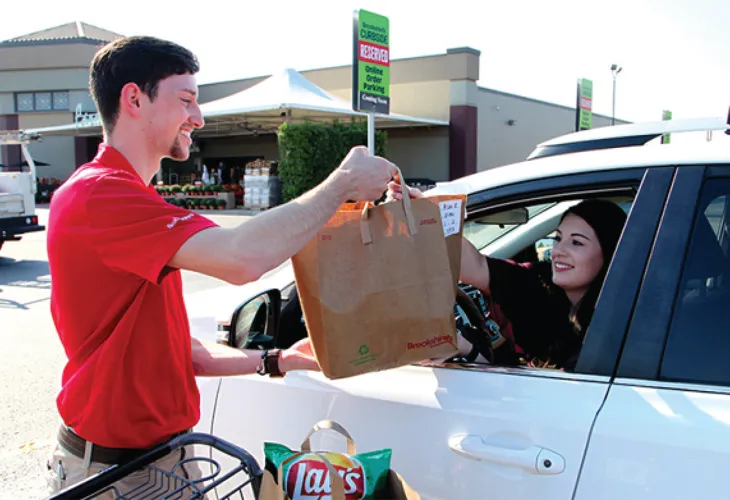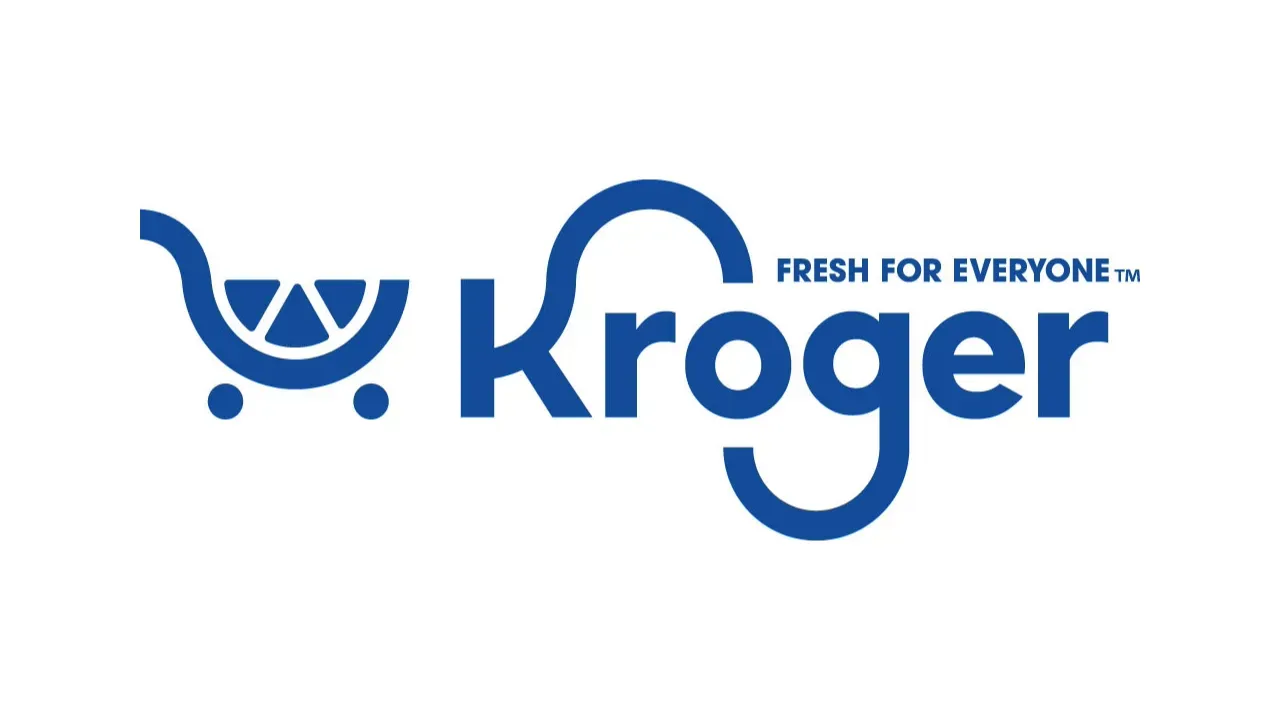The pandemic caused many consumers to embrace online shopping. Will inflation make them kick it to the curbside?
 A recent survey by category growth design firm ChaseDesign found that the number of retail customers using buy online pickup in-store (BOPIS) services “all the time” fell by one-third (45% down to 32%) in 2021 and said that figure is expected to shrink further in 2022. The share of consumers who buy groceries online and have them delivered to their homes has also declined, by nearly 25%.
A recent survey by category growth design firm ChaseDesign found that the number of retail customers using buy online pickup in-store (BOPIS) services “all the time” fell by one-third (45% down to 32%) in 2021 and said that figure is expected to shrink further in 2022. The share of consumers who buy groceries online and have them delivered to their homes has also declined, by nearly 25%.
Shopping the old-fashioned way — by going into a physical store and picking out products to put in a physical shopping cart — remains the preferred method for most consumers. And in-store shopping is expected to grow in popularity in 2023, ChaseDesign’s research suggests.
The higher costs associated with home delivery are one factor that is pushing consumers away, according to the study, which argues that “online shopping has now clearly become a convenience, and one that comes at a price premium.”
Inflation is making the cost issue even more salient, as rising prices inspire more shoppers to look for ways to economize. But cost is not the only factor.
Writing in the Voice of the Food Industry blog of FMI – The Food Industry Association, director of the association’s digital communications Kelli Windsor addresses the phenomenon of consumers who order online, come to the store for curbside pickup, and then go into the store to buy something else.
“This particular online and in-store grocery shopper befuddles me — after taking advantage of the convenience of online grocery shopping, why then negate it by going in-store?” she asks.
Windsor says FMI addressed the question in its “2022 U.S. Grocery Shopper Trends: Navigating A Hybrid World” report, and found that it comes down to the balance of convenience and control. People like the convenience of shopping online and having their purchases brought out to their cars. But they also like the control they have when they pick out their own produce or prepared food.
The ChaseDesign study found a similar dynamic. And that’s good news for retailers, according to the study, which found a $50 million “commerce gap” between those who pick up their online orders in the store and those who pick them up at curbside. Shoppers who go into the store are more likely to pick up an extra item. So for retailers, encouraging in-store shopping is simply good for business.






